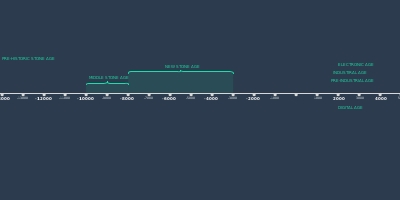apr 1, 2010 - AUGMENTED/ VIRTUAL REAILITY
Description:
Description: the computer-generated simulation of a three-dimensional image or environment that can be interacted with in a seemingly real or physical way by a person using special electronic equipment, such as a helmet with a screen inside or gloves fitted with sensors.History: Augmented reality technology was invented in 1968, with Ivan Sutherland’s development of the first head-mounted display system. He created the first head-mounted display called ‘The Sword of Damocles’.The user experienced computer-generated graphics that enhanced their sensory perception of the world.
However, the term ‘augmented reality’ wasn’t coined until 1990 by Boeing researcher Tim Caudell. The technology has come a long way with a growing list of use cases for AR. From NASA simulations to immersive marketing experiences, augmented reality makes tasks easier.
Special Features: Augmented reality is the mixture of real-time elements and virtual features that merge into a symbiotic whole. It is a blend of elements between the virtual environment and the user’s environment in real time, which have augmented (enhanced) by computer-generated sensory input such as sound, video, graphics or GPS data. This basically means that thanks to a variety of devices we are able to perceive both: physical and virtual reality at once, in real-time, in 3D.
Key hardware components in AR-based devices are a processor, display, input devices and sensors. The display can be a monitor, handheld device, eyeglass or Head Mounted Displays (HMD). The input device is either the camera of a Smartphone or a webcam connected to the Internet. Sensors are gyroscope or accelerometer of a mobile device or it could be an infrared sensor.
Uses: Augmented reality has been explored for many applications, from gaming and entertainment to medicine, education and business. Example application areas described below include archaeology, architecture, commerce and education. Some of the earliest cited examples include augmented reality used to support surgery by providing virtual overlays to guide medical practitioners, to AR content for astronomy and welding.
Interaction/Exposure: Trying out VR in the mall which contained imaging that simulated a real life setting and exposure to being there.
Added to timeline:
Date:
apr 1, 2010
Now
~ 15 years ago
